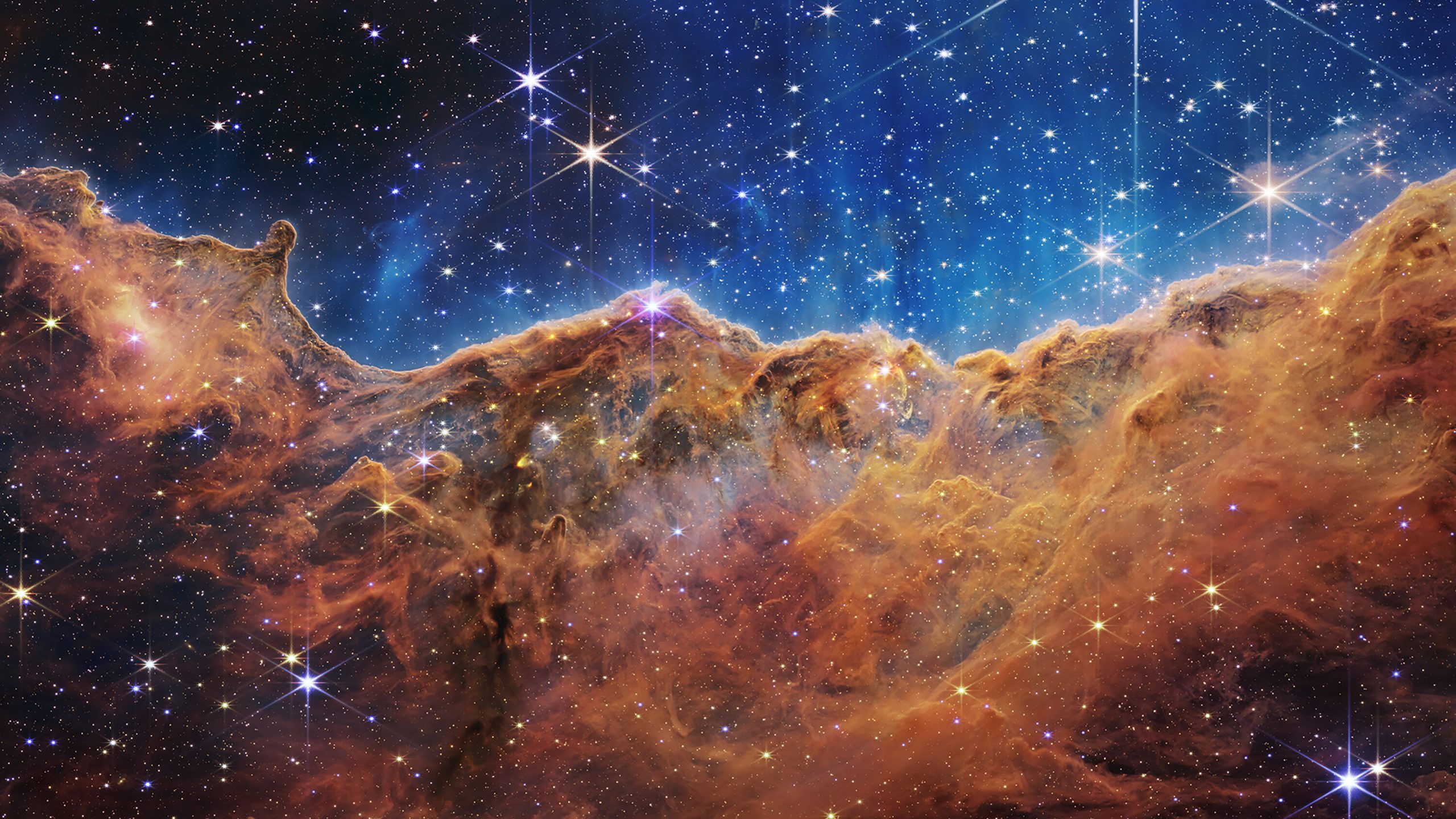Introduction
The night sky has always held a sense of wonder and mystery for humanity. From the earliest stargazers to modern astronomers, the desire to understand the cosmos has driven us to create ever more powerful tools for observing the universe. Among these tools, space telescopes stand as some of the most remarkable and influential.
As we look up at the stars from our pale blue dot, we can see only a tiny fraction of what’s out there. Earth’s atmosphere filters and distorts the light from distant objects, limiting our ability to observe the universe clearly. This is where space telescopes come into play, offering a window to the cosmos unobstructed by atmospheric interference.
In this blog post, we’ll delve into the world of space telescopes, exploring their history, significance, and the incredible discoveries they’ve enabled. So, fasten your seatbelts, as we embark on a journey through the cosmos.
The Birth of Space Telescopes
The concept of space telescopes was first proposed by the visionary physicist Lyman Spitzer in the mid-20th century. Spitzer’s idea was to place a telescope above Earth’s atmosphere to eliminate the blurring effects caused by air turbulence. This ambitious vision culminated in the launch of the Hubble Space Telescope (HST) in 1990.
Hubble: A Game-Changer
The Hubble Space Telescope has arguably been one of the most transformative scientific instruments ever created. Positioned in low Earth orbit, Hubble has provided astronomers with unprecedented views of distant galaxies, nebulae, and other celestial phenomena. Its stunning images have not only captivated the public but have also reshaped our understanding of the universe.
One of Hubble’s most significant contributions has been in measuring the rate of expansion of the universe, known as the Hubble constant. This crucial discovery has profound implications for our understanding of the cosmos’s age and fate.
Exploring the Infrared Universe
While Hubble primarily observes visible and ultraviolet light, other space telescopes specialize in different parts of the electromagnetic spectrum. The Spitzer Space Telescope, for example, was designed to study the universe in the infrared range. Infrared light allows astronomers to peer through cosmic dust clouds, revealing previously hidden stars and planets.
Tags: Infrared Astronomy, Spitzer Space Telescope, Cosmic Dust, Stellar Birth
Beyond Hubble and Spitzer
Over the years, several other space telescopes have joined the cosmic orchestra, each with its unique capabilities and objectives. The Chandra X-ray Observatory, for instance, has unveiled the high-energy universe, capturing the intense emissions from black holes, neutron stars, and supernovae.
Similarly, the Kepler Space Telescope revolutionized our understanding of exoplanets, discovering thousands of distant worlds orbiting other stars. These discoveries have ignited the search for habitable planets and extraterrestrial life.
Tags: X-ray Astronomy, Exoplanets, Chandra X-ray Observatory, Kepler Space Telescope
The Future of Space Telescopes
As we look ahead, the realm of space telescopes promises even more exciting discoveries. The James Webb Space Telescope (JWST), set to launch soon, will operate in the infrared and promises to surpass Hubble in many ways. JWST aims to peer deeper into the universe, studying the formation of galaxies, the atmospheres of exoplanets, and the origins of stars and planets.
Tags: James Webb Space Telescope, Infrared Astronomy, Cosmic Origins, Space Telescope Technology
Conclusion
Space telescopes have undeniably transformed our understanding of the universe. From Hubble’s iconic images to the groundbreaking discoveries of Spitzer, Chandra, Kepler, and soon, JWST, these marvels of human ingenuity continue to unveil the cosmos’s deepest secrets.
As we look up at the night sky, we can’t help but feel a profound sense of connection to the universe, thanks in no small part to the extraordinary achievements of space telescopes. These instruments have not only expanded our knowledge but have also sparked our imagination, inspiring future generations to reach for the stars and explore the mysteries of the cosmos.
In the grand tapestry of space exploration, space telescopes are the threads that weave together our understanding of the universe, allowing us to glimpse the beauty and complexity of the cosmos in ways our ancestors could only dream of. So, as we continue to peer into the depths of the universe, let us remember the remarkable contributions of space telescopes and eagerly anticipate the discoveries that lie ahead.


